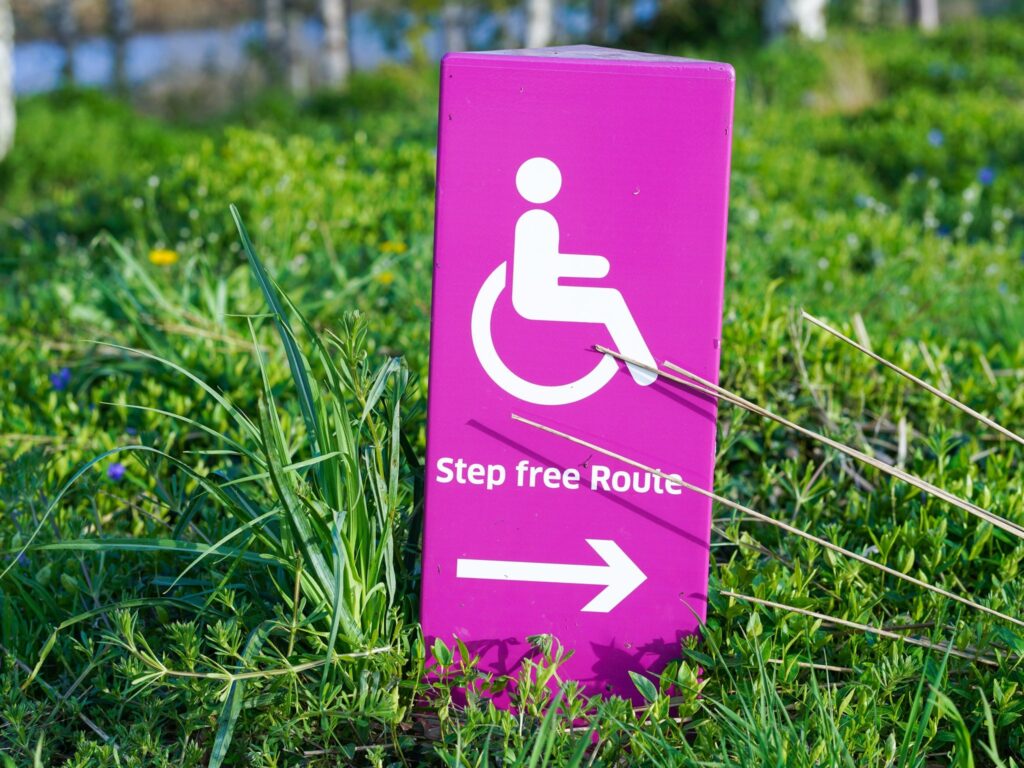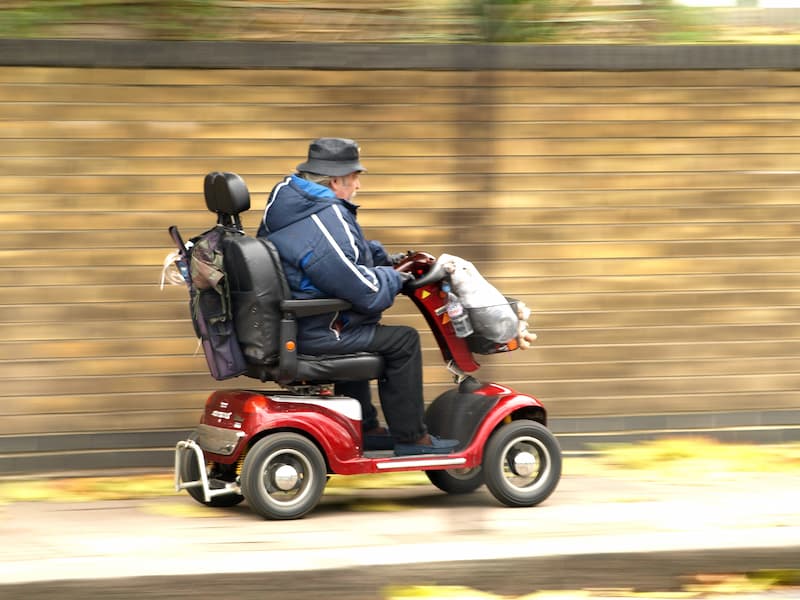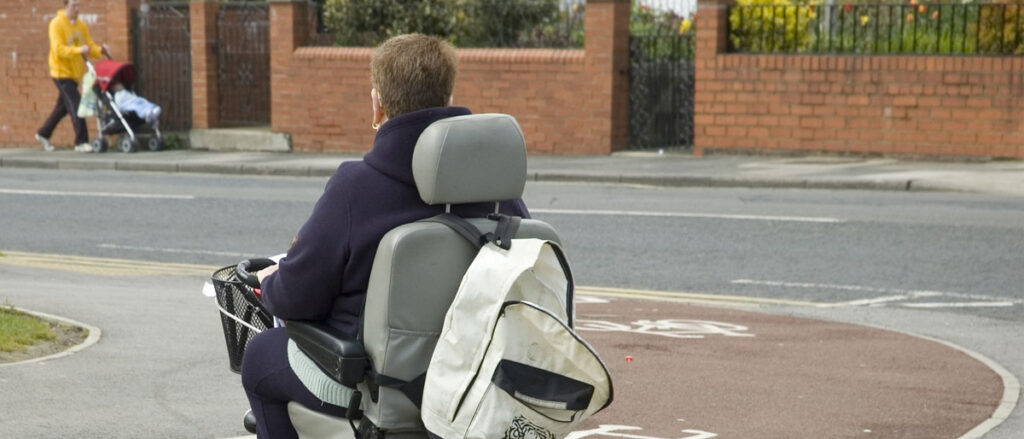Mobility tools have a huge scope and are all designed to support individuals and allow them to move freely and easily. Ranging from a simple cane to an electric wheelchair, there is a variety of wheelchairs and support options available for all injuries and disabilities. These tools make such a huge difference to the lives of the people who use them, ensuring you can keep moving and stay independent. Mobility scooters and electric wheelchairs are similar in the way they work but have several key differences which are important to note if you are making a purchase.
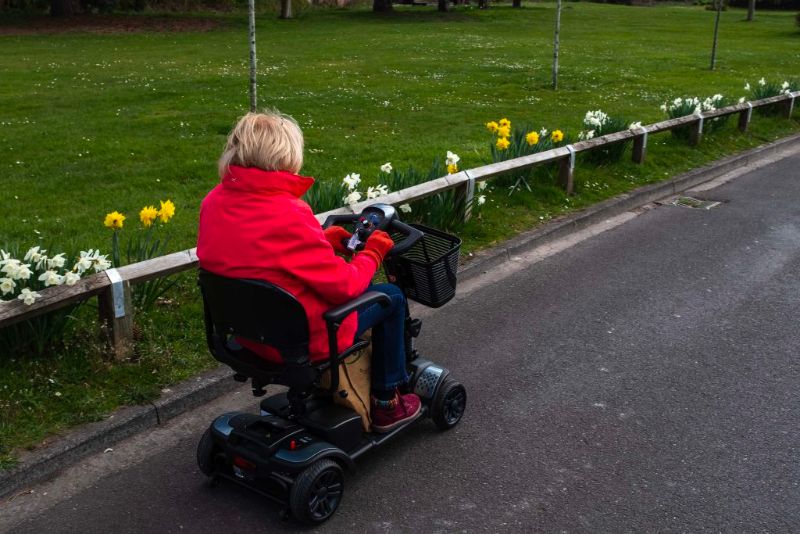
What is the difference between a mobility scooter and an electric wheelchair?
An electric wheelchair tends to be used by individuals with more serious mobility issues because the intuitive design gives the user control to move the chair with little movement or effort, making them ideal for those with reduced body strength. Electric wheelchairs are typically controlled by a joystick or touch controls, which can be operated single-handedly. Electric wheelchairs are created with maximum comfort at the forefront of their design, with the idea that users will be operating them throughout the day for work and leisure purposes. This means users are potentially in tight spaces so these chairs have been designed to be compact for safe and easy use inside.
Mobility Scooters differ from electric wheelchairs as they have been designed predominantly for outside travel. These are ideal for those who need extra support with mobility and are commonly seen in places such as supermarkets and shopping centres. Mobility scooters are particularly useful in situations where crowds and fast-moving people can be an issue, giving the user that extra level of comfort and safety. Mobility scooters are great for travel, with most modes of public transport such as buses and trains having easy access and space for mobility scooters on board. These also tend to come in various sizes, so the user can find the most appropriate scooter for them.
Mobility scooters tend to be more suited to those who can move more freely on their own, being able to walk and stand for periods of time. Electric wheelchairs are more suited to those who need more support with their mobility.
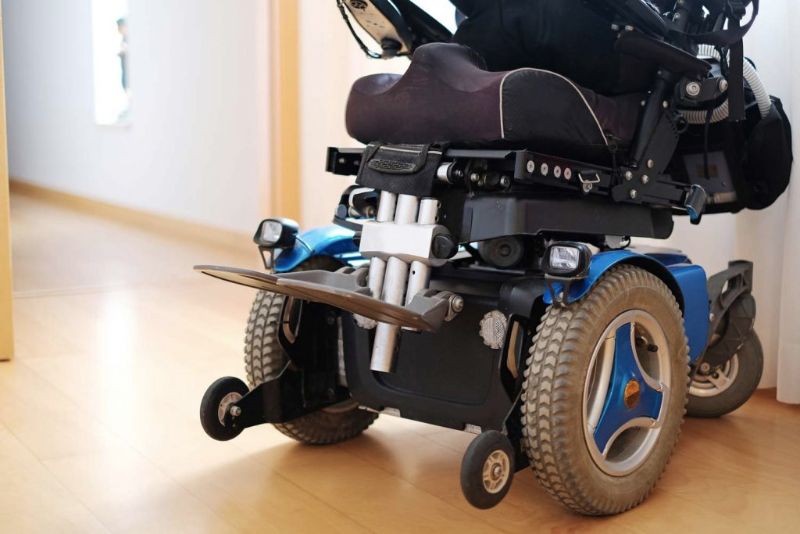
Is an Electric Wheelchair or Mobility Scooter better?
There is no definitive answer on which mobility aid is better because both have their own merit and circumstances in which they are most appropriate. It will also completely depend on your requirements and your disability as to what would suit you better so make sure to do you research and try out both options to see which would be better for you to purchase.
Can you get a powered wheelchair on Motability?
The Motability scheme allows people to exchange their mobility allowance to lease a new car, WAV, scooter or powered wheelchair. Eligibility depends on several factors however if you do qualify, this can be a valuable way of wavering the cost of a powered wheelchair. Find out more about how the motability scheme works and whether or not you are eligible.
Find out how Blue Badge can support you if you use the Motability scheme.
Can you use a mobility scooter if you are not disabled?
Keeping safe whilst using a mobility scooter or powered wheelchair is absolutely essential, so we would certainly recommend brushing up on the rules before your first use. You need to have a good understanding of how to use the vehicle and the rules of the road before venturing out. If you are new to using a mobility scooter, we would recommend trialling it somewhere quiet first, to ensure you feel confident before venturing into more crowded spaces. Mobility scooters should only be used by those who require them, due to an injury, disability or medical condition. An able-bodied person should only operate a mobility scooter as part of a demonstration, whilst taking it for repairs or to show its controls to a new user. Improper use of a mobility scooter can result in injury to the user and others around them.
Mobility scooters and powered wheelchairs should only be used by those who can get in and out of the machine safely, and are strong enough to sit comfortably and operate the controls.

Electric wheelchair vs mobility scooter roundup
If you are in the market for a new mobility device, we hope our blog has been helpful in supporting your decision.
In summary:
- Mobility scooters are more suited to those who can walk and stand independently
- Mobility scooters are ideal for travel
- Electric wheelchairs are apt at supporting those who cannot walk or stand independently
- Electric wheelchairs are ideal for use inside a home or office
- Mobility scooters should only be used by those who need them, due to illness or disability
- Use Motability to see whether you can use your mobility allowance to get a mobility scooter or powered wheelchair
Blue Badge Mobility Protection
Blue Badge are passionate about supporting our customers with their mobility. This is why we offer comprehensive cover for a variety of mobility vehicles including electric wheelchairs and mobility scooters. We know how essential these are to your life, and by providing cover, we offer peace of mind that you can stay on track, and keep moving.
Our electric wheelchair and mobility scooter insurance covers:
- Up to £2 Million Public Liability Insurance
- Theft, Damage or Loss of your Electric Wheelchair
- 90 Days Holiday Cover
- Loss or theft of personal effects
- No fees for policy changes
Our friendly, UK-based team are here to support you. Give the team a call today to find out more.
